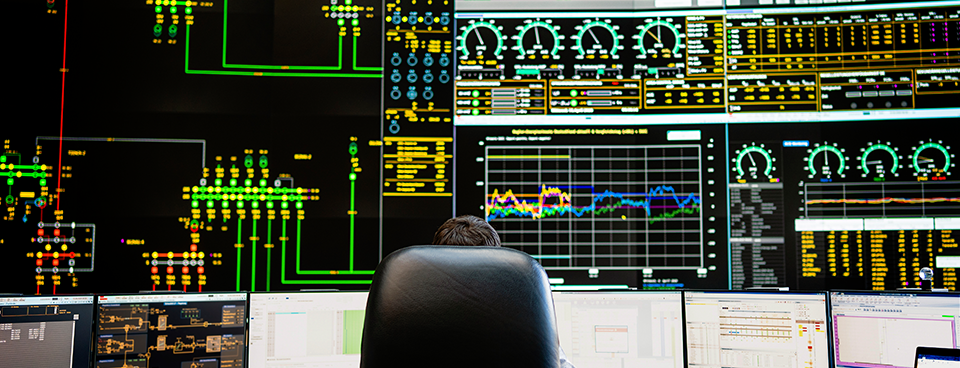Control center system redesign with the focus on usability


At the end of 2022, Amprion GmbH commissioned Fraunhofer FIT to examine the user-friendliness of the current version of its control center system for monitoring and optimizing the extra-high-voltage grid. The aim was to make recommendations for optimizing the functionality of the system.
The first step was to gain a valid understanding of the entire context of use. Here we applied the context scenario method with potential users. It allows to identify the users’ tasks, their interactions and additional environmental factors that can influence how the tasks are fulfilled.
Based on the context data collected, the use requirements for the interaction and information design were developed and structured using the task models collected. Generally speaking, use requirements describe the actions that a user of an interactive product must perform (at the effectiveness level of usability). Here it is not enough to develop a technical concept and define technical requirements – nor is it enough to describe a business process. These reflect the views of other stakeholder groups, which typically do not focus on how the users can fulfill their tasks most easily and efficiently.
Unless the use requirements are identified and adequately satisfied in the system development, the client risks incurring high usage or system adaptation costs due to the poor quality of use of the product. Usability engineering helps to avoid that. Therefore, we also evaluated the control center system in walkthroughs with representative users. The critical usability findings there were the basis of our recommendations for improving the design.
In determining the tasks to be supported and the order of implementation in the redesign of the control center system, the client can now take the use requirements and the usability evaluation into account. This will help to develop a system with the best possible usability and user experience.
Your benefits
|